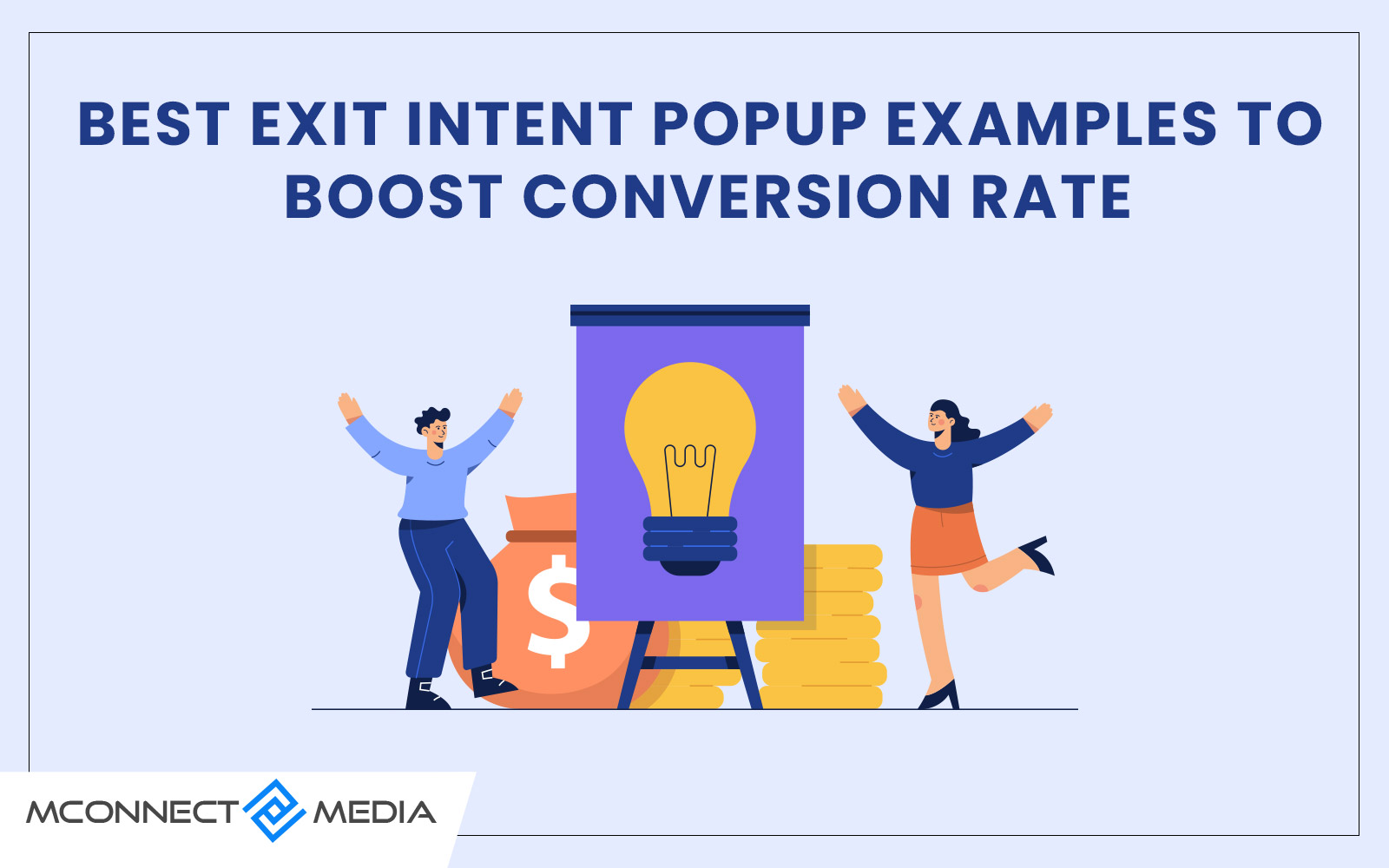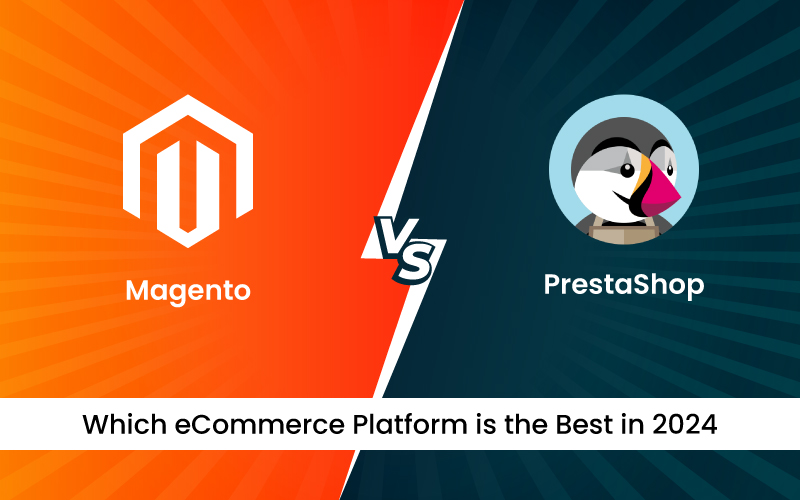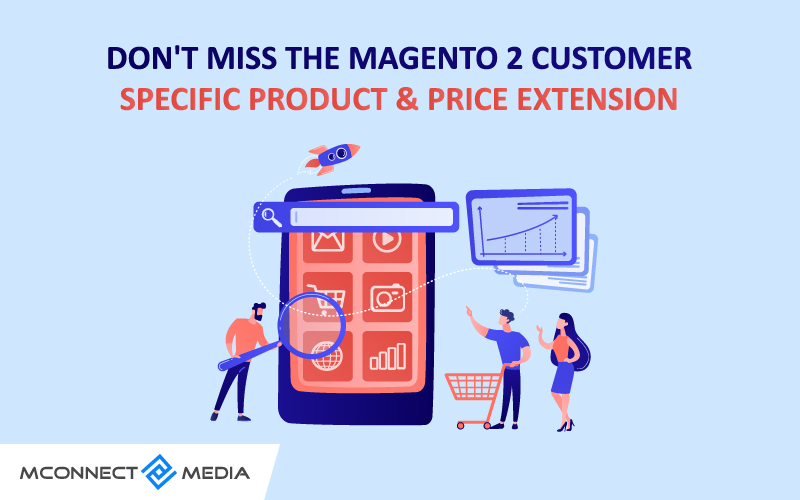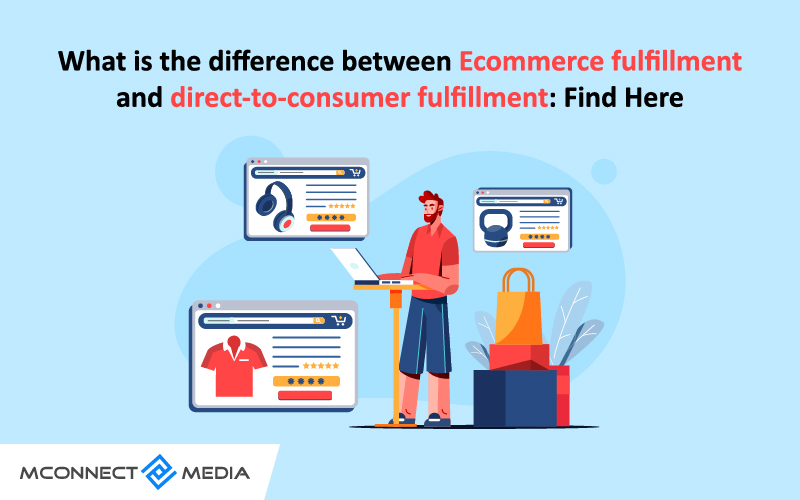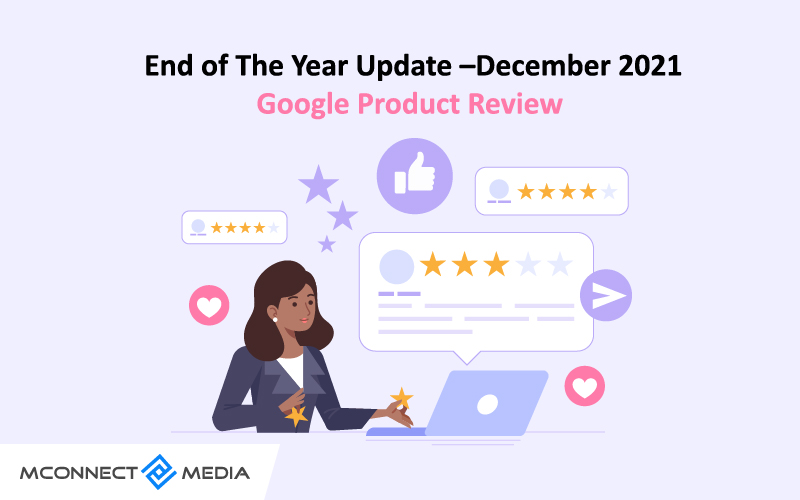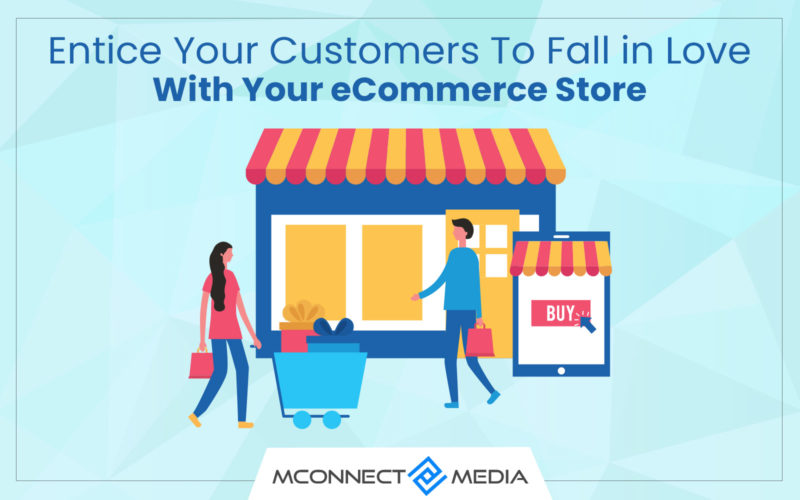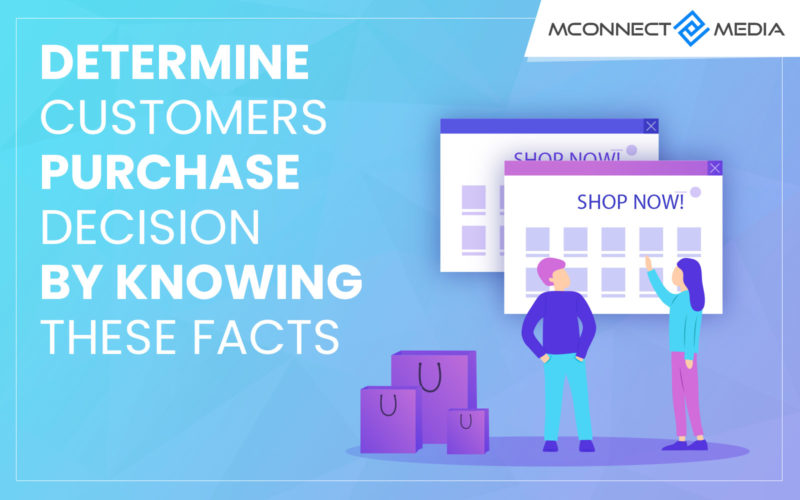To find where you are headed, first, you need to know where you stand. And this is true for everything and even for online business running eCommerce stores. When it comes to scaling your eCommerce business, you must know important analytic insights and metrics.
Your analytic can provide insights about:
- Number of visitors per day, week, month, years…
- Location & source of visitors
- What is the most engaging product/service they purchase?
- Buyer’s journey from visitor to customer
- Track performance of your marketing efforts such as paid ads…
- And many more things…
Thus, knowing such analytic insights is crucial for scaling & growing your business by developing a robust roadmap. Moreover, it’ll help you to uncover some touchpoints that encourage visitors to click “Buy Now” & go through the purchase. Also, you’ll know what makes them opt-out to purchase from you.
This comprehensively written article perfectly arcs on eCommerce analytic metrics you should watchout for. Along with that, we’ll first look at what eCommerce reports you must watchout for. So, without any further delay, let’s get started.
Ecommerce Analytic Reports to Watchout
The first thing anyone should do is configure Google Analytics for their eCommerce store. You can set up your analytic directly by adding a snippet code into your website’s header tag or you can use Google Tag Manager. While you are on that, do register for Google Search Console.
Also read: Know Why Corporates invest their Brains in Real Time eCommerce Analytics
Once properly set up, you can access many analytic reports and metrics. Google Analytics provides two types of reports: Standard and Enhanced. Each report details different metrics that you can use for different purposes.
1. Metrics to Watchout in Standard Report
The standard report will give you a generalized view of common yet essential metrics such as
- Conversion ratio: Conversion ratio is Total number of transactions/Total number of sessions × 100
- Transaction: The number of transactions essentially depicts the total number of orders being purchased from an eCommerce store.
- Revenue: The standard reports will also let you know the total revenue of your eCommerce store for a specified period. It may include taxes and shipping charges as well. Depending on how it has been set, you can view the detailed revenue report.
- Average Order Value: Average order value or AOV is an average transaction value for each order you get on your eCommerce store. To get AOV, divide total revenue by the number of orders or transactions. Total Revenue/Number of Orders or Transactions.
2. Metrics to Watchout in Enhanced Report
The enhanced reports give you a better picture of the customer’s journey from the top of the funnel to the bottom of the funnel. Let’s look at some of the enhanced reports:
- Overview: The overview report give you an overall view of how your eCommerce store is performing. It includes standard metrics like conversion, revenue, buyer rate, etc.
- Shopping Behavior Report: This report provides a detailed insight into customer behavior through visualization. It shows a horizontal funnel for the total session, sessions with product views, sessions with add to cart, sessions with checkout, and sessions with transactions. It also shows sessions with no activity, no cart addition, cart abandonment, checkout abandonment.
Also read: How to Track Magento Shopping Cart Abandonment in Google Analytics
- Checkout Behavior Report: Just like shopping behavior reports, you get a visualization report that goes deep into the checkout process. It shows how many users went through each step of the checkout funnel.
- Product Performance Report: This report is essential to know how your products are performing. Some of the metrics to watchout for are product revenue, unique purchases, average price, quantity, product refund amount, etc. Also, metrics like cart-to-detail rate and buy-to-detail rate show the percentage of users that added an item to the cart and the percentage of users that bought the item against those who only viewed it respectively. You can filter the report by product category, SKU, brand name, etc. to get a more comprehensive view.
Important Ecommerce Analytic Metrics to Watchout
The following are the fundamental metrics any eCommerce store owners must know and analyze thoroughly to grow & scale their business further.
1. Audience:
The first metric you should concern yourself with is an audience. Your analytic will provide you information about the target audience. It will let you know the volume of people that come to your eCommerce store in a day, week, month, year, etc. You can also customize the duration for which you want to see the result.
Moreover, the analytic will also provide insights such as geolocation, demographics, gender, and many others about your customers.
2. Customer Acquisition:
Typically, there are many traffic sources through which you can acquire new customers. Your analytic will segment customers into various groups depending on their source. Direct, Organic Search, Paid Search, Referral, Email, Social, Display, and (Other) are top channels through which you can acquire new customers.
Based on your past analytic data, you can select the few top channels to focus on for acquiring new customers.
3. Customer Behavior:
Through enhanced reports, you’ll have access to how customers behave in your eCommerce store. Analyze the data in those reports and find how your customers respond to particular information. Find what content relates to your customers, what product interests them the most, and what they buy often.
Also read: Web Analysis tricks using Google Analytics for eCommerce Sites
The customer behavior data also provides insights on how long a customer takes before purchasing or leaving the site.
4. Customer Lifetime Value (CLV):
Through a customer lifetime value report, you’ll know how much a customer is worth over a duration. The CLV data also represent, how much you can spend to acquire new customers while still being profitable. They also provide insight on how often your customers make purchases, how long they keep purchasing from you, etc.
Moreover, these data will also provide you metrics such as average revenue per user, number of purchases per user, organic & non-organic revenue, and others.
5. Conversions Ratio:
The conversion ratio is simply the number of users who make purchases out of all your audience coming to your eCommerce store for a definite period. This is the most famous or infamous metric every eCommerce store owner and marketer will worry about. A fair conversion ratio ranges from between 1 to 5%.
You must always keep an eye on the conversion ratio for your eCommerce store and identify when it increases and decreases.
Wrapping Up
All in all, these are some of the eCommerce analytic metrics that you should watchout for. But first, understand various reports and what they try to convey. The above-mentioned metrics are vital for your eCommerce store to lead towards growth and success. Still, if you need help, then consult our eCommerce experts. M-connect Media has over 12+ years’ cumulative experience to serve you with cutting-edge eCommerce development solutions.





